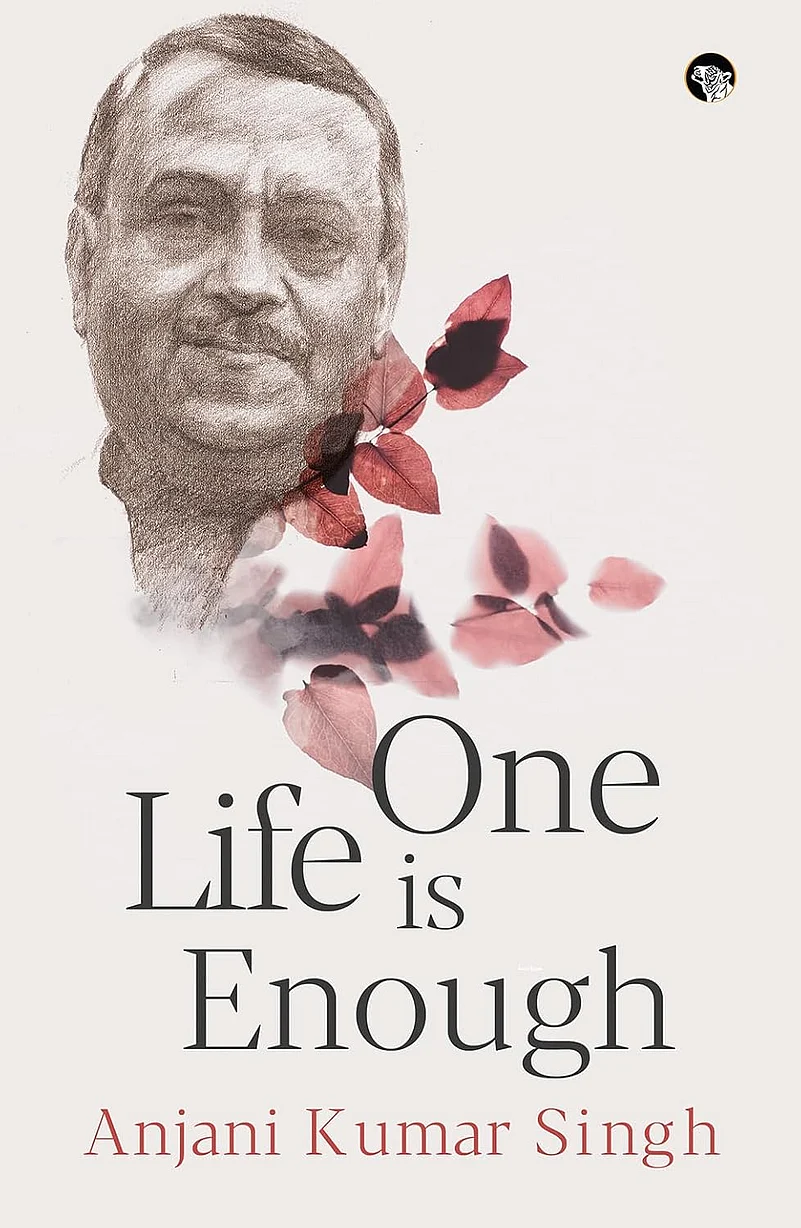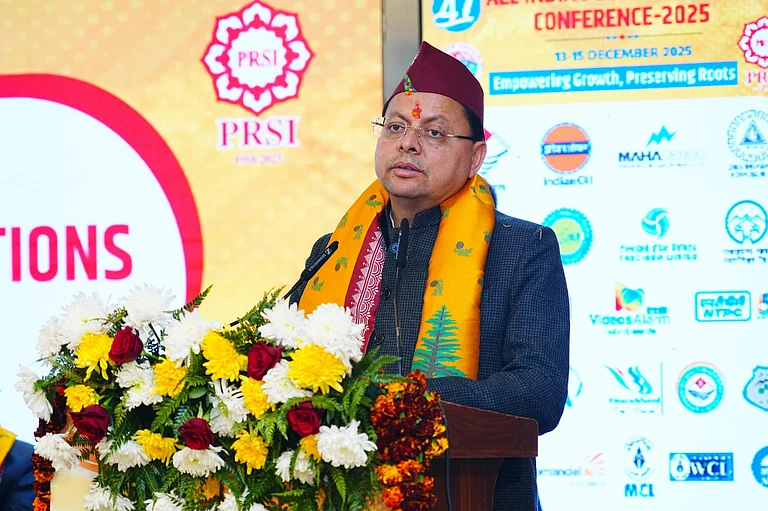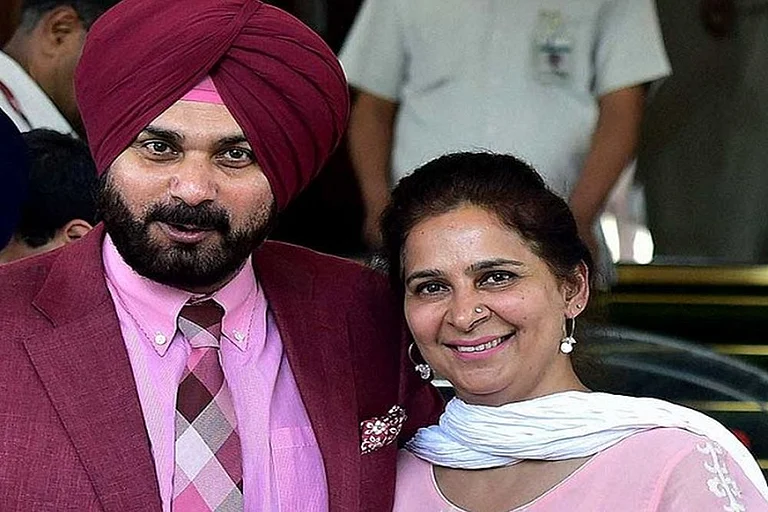
Former IAS officer Anjani Kumar Singh writes on Bihar’s governance and work ethics from decades in public service.
He highlights challenges of bureaucracy, suspicion around integrity, and difficulties in attracting industry.
Singh shares lessons from projects like the Bihar Museum, calling for trust between government and contractors.
There was one big thing I could not achieve during my long term in the Bihar IAS. Some attempts were made but they did not succeed. Bihar had a convention by which it was more important to appear honest than to actually be honest. If someone were to earn money by his hard work, he would not get the kind of respect he would earn in other, developed places. It is assumed that good earnings have bad roots. If someone has become rich and successful it can only be because he has used foul means—I understood this very early in my tenure.
In those days, I was the District Officer of Vaishali and the Managing Director of the Industrial Development Authority. As part of my remit in the latter role, I was responsible for bringing in good industries to the area. They were to be provided with facilities and their problems had to be resolved. But whenever I met with an industrialist, I made it a practice to have another official from the Administrative Service there. It raised doubts if one met with an industrialist alone. I had the same problem when I was working with the Bihar Industries department.
Once, a prominent industrialist wanted to invest in Bihar and meet with the Chief Secretary. He invited him to lunch at the Maurya Hotel to talk things over. I was surprised when the Chief Secretary refused the offer. He told me that having lunch with an industrialist in a five-star hotel would generate unnecessary suspicion. It was rather startling to me to think that even a five-hundred-rupee lunch was seen as enough reason to cast aspersions on someone’s honesty or to make the assumption that he/she was being influenced.
I asked the Chief Secretary how it came to be that his office had neither a waiting room nor a toilet. I was aware that in many States, the Chief Secretary of Industry would not just meet with the representatives of industry but also receive them at the airport. Their entire focus was to impress the industrialists with ease of business and to offer them such facilities as it would bring investments into the State.
At that time, there were many States that were doing their best to attract investments. This led to benefits not just for the State but also for the government. Bihar, however, led the States in the way it mistreated representatives of industry. These were seen as people on the make. The business sanvedak (contractor) had the reputation of wanting to make a lot of money for themselves and were also poor on delivery. It was supposed to be a hugely profitable business, and therefore, it was very difficult for any sanvedak or supplier to get any money out of the government.
There were hundreds of ways in which money that was due could be left unpaid or at least, the payment dramatically slowed down. And at each level, someone had to be paid off to get a sum that was due. One of the officials high up in the hierarchy made an attempt to improve the dignity of the sanvedak and the supplier. A joint training was organised. Their complaints were heard and a scheme to reward good work was put in place.
When I joined the Department of Education, someone in the Basic Infrastructure Authority got together with the Managing Director and worked out a new scheme of payment. In this scheme, a representative had to go to the location of the work, shoot photographs on his/her mobile and load these updates on the computer. These were examined and the money would be deposited in the account. No one had to keep coming to the department to collect dues. Even when I was in the Department of Education, I had dealings with sanvedaks and suppliers whose payments I made on the spot for events like Bihar Day and the National Youth Festival.
When for instance, huge tents had to be put up in Gandhi Maidan, the appointed suppliers would receive 20 per cent of their payment in advance. This put some heart into them and they worked with a will and delivered work on time. In a similar fashion, I paid artists 50 per cent of their fees at the time of signing. The other half was handed over just before they went on stage.
When it was decided to pay Subodh Gupta one crore rupees, I made an advance payment of 50 lakhs. My colleagues in the department pointed out that if the artist were to die before delivering, recovery would mean legal proceedings. The other point they raised was that it was only after the goods/services were found adequate upon inspection that payment could be made. I explained that these should be changed and there should be some trust between the government and its contractors and suppliers.
This was the way we worked with the Bihar Museum project and it was totally justified. I kept monthly tabs on the work. Generally, the government Inspector would find fault with the work and let the contractors have it. But my major concern was with the work and the payments. The contractors and suppliers had begun to trust us and it was important for the department to ensure that payments were made before the meetings. If the department did not release the allotment or the engineers did not give their approvals, things could get very bad.
Many of the artworks meant for the Bihar Museum were being constructed abroad. The officials would review the work and make the payment based on how much of the work had been completed. And so, the job was done well and delivered on time. But it was not possible to bring about a holistic change in the change in the way payments were made since the bureaucracy was set in its ways and those ways had hardened over time.























